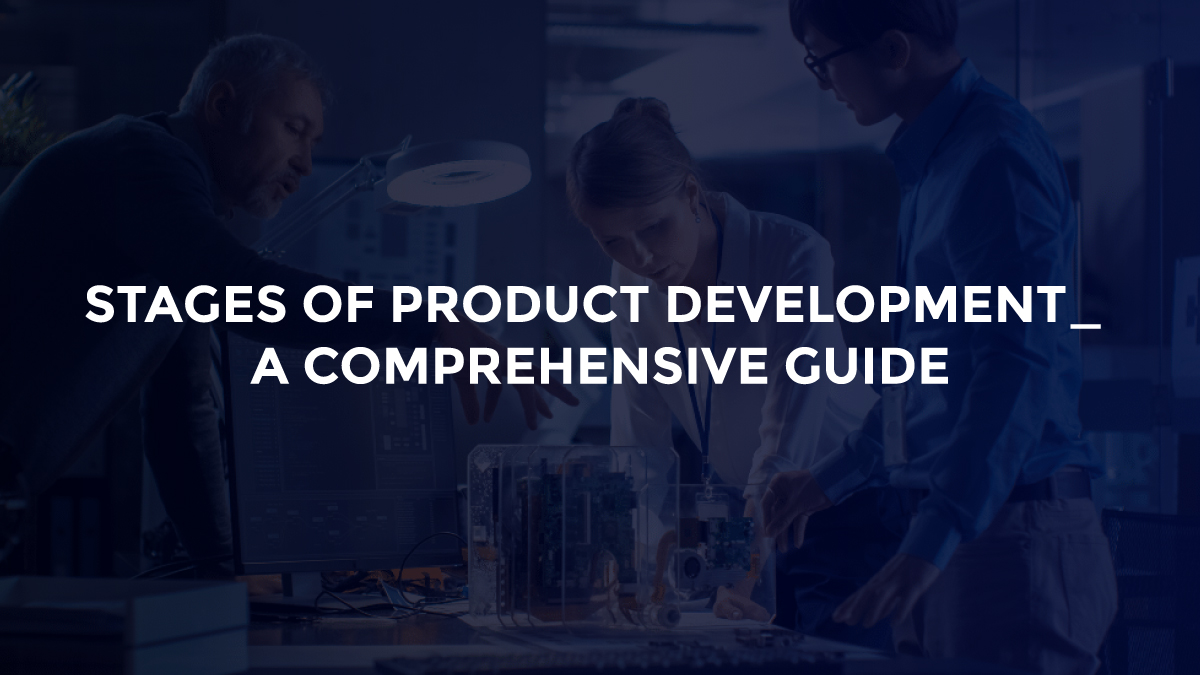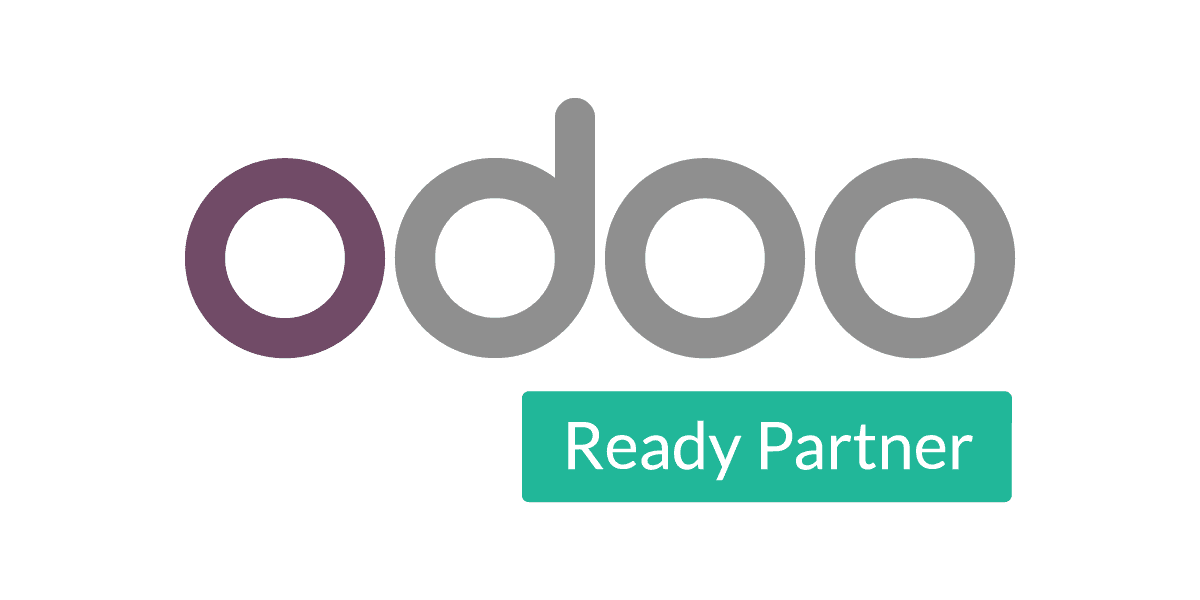Stages of Product Development: A Comprehensive Guide
Creating a new product is a thrilling journey that involves meticulous planning, innovative thinking, and systematic execution. Understanding the product development stages is crucial for transforming an idea into a successful market offering. This comprehensive guide walks you through the essential phases of product development, ensuring that your journey from concept to market launch is as smooth and effective as possible.
Ideation: Sparking the Initial Concept
The first step in the product development process is ideation. This stage involves brainstorming and generating ideas for a new product. It's essential to identify market needs, gaps, and opportunities. Techniques such as SWOT analysis (Strengths, Weaknesses, Opportunities, Threats), customer feedback, and competitor analysis are invaluable during this phase. Innovative product design often stems from creative thinking and an in-depth understanding of the target audience. Encourage team collaboration and open discussions to foster a pool of diverse ideas.
Research and Concept Development
Once a promising idea is identified, the next step is to conduct thorough research and develop the
concept. This stage involves:
Market Research: Analyzing market trends, consumer behavior, and potential demand.
Technical Feasibility: Assessing whether the idea can be practically implemented with the available technology.
Competitive Analysis: Identifying existing competitors and understanding their strengths and weaknesses.
Develop a clear product concept that outlines the features, benefits, and unique selling points (USPs) of the product.
Concept & Testing
Before moving forward, it's crucial to test the product concept with potential customers. This can be done through surveys, focus groups, or prototype testing. Gather feedback to refine the concept and ensure it resonates with the target audience.
Business Analysis
Conduct a comprehensive business analysis to evaluate the product's potential profitability.
This stage involves:
Cost Analysis: Estimating the costs involved in production, marketing, and distribution.
Pricing Strategy: Determining the optimal pricing to balance profitability and customer appeal.
Sales Projections: Forecasting the expected sales volume and revenue.
This analysis helps in deciding whether to proceed with the development or reconsider the concept.
Product Design and Development
With a validated concept and positive business analysis, the next stage is innovative product
design and development. This involves:
Detailed Design: Creating detailed blueprints and specifications for the product.
Prototyping: Building prototypes to test the design and functionality.
Iterative Testing: Continuously testing and refining the prototypes based on feedback.
Collaboration between designers, engineers, and other stakeholders is critical to ensure that the product meets
quality standards and user expectations.
Market Testing
Before a full-scale launch, it's prudent to conduct market testing. This can be done through
pilot programs, limited releases, or beta testing. The objective is to:
Gather real-world feedback on product performance.
Identify any potential issues or areas for improvement.
Fine-tune marketing strategies based on customer response.
Market testing provides invaluable insights that can significantly enhance the product's success upon launch.
Commercialization
Once the product has passed market testing, it's ready for commercialization. This stage includes:
Production Planning: Setting up manufacturing processes and ensuring quality control.
Distribution Strategy: Planning the logistics of getting the product to market.
Marketing and Promotion: Developing a comprehensive marketing campaign to create
awareness and drive demand.
The goal is to achieve a successful product launch and maximize market penetration.
Post-Launch Evaluation
The journey doesn't end with the product launch. Continuous evaluation and monitoring are essential to:
Track sales performance and customer satisfaction.
Identify any post-launch issues and implement necessary improvements.
Gather feedback for future product development initiatives.
Navigating the product development stages requires strategic planning, creativity, and adaptability.
By understanding and meticulously executing each stage, businesses can transform innovative ideas
into successful products that meet market needs and drive growth. Embrace the process, leverage
feedback, and stay committed to continuous improvement to achieve lasting success in product development.




